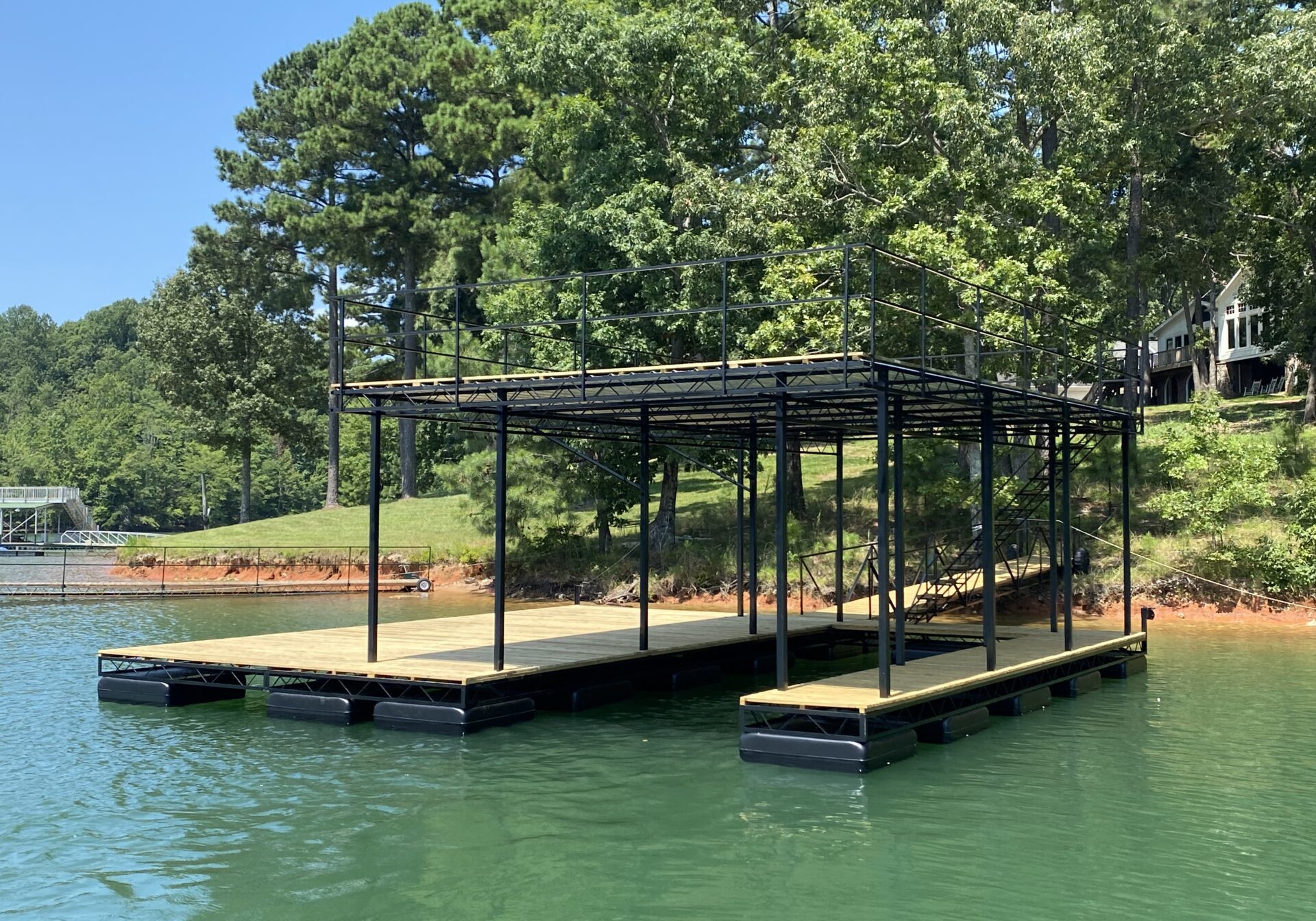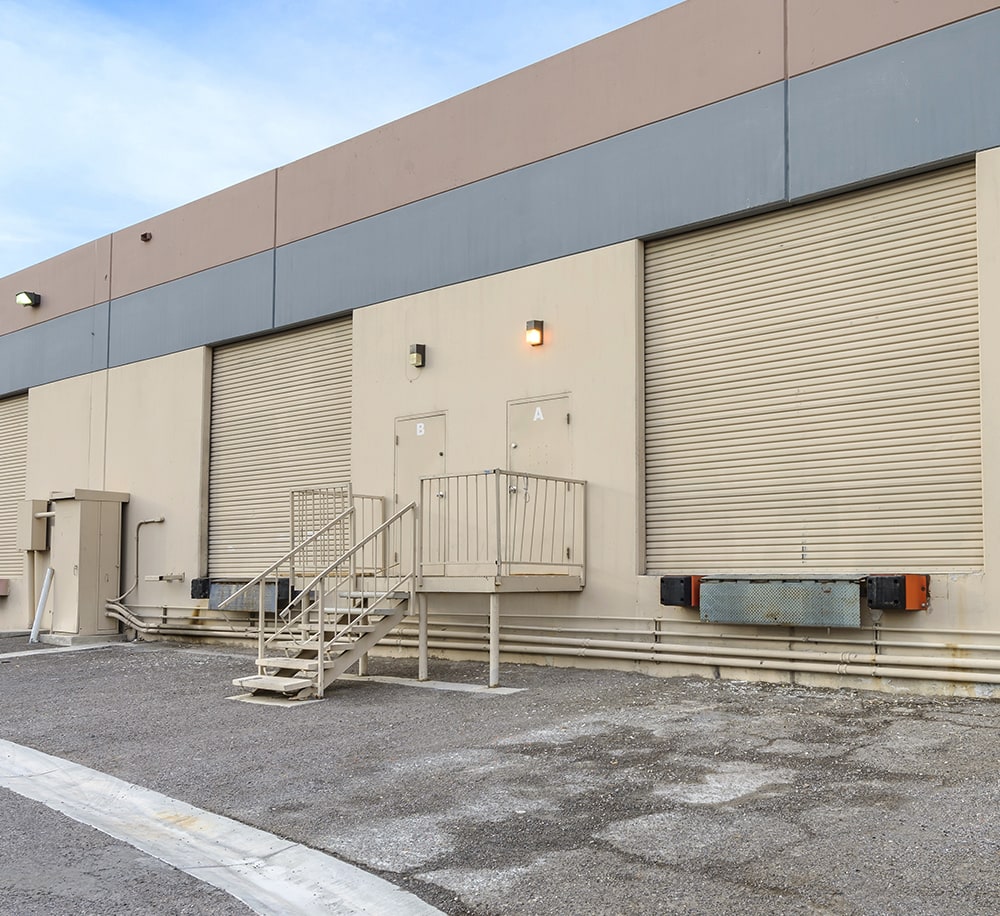Effective Dock Repair Work Techniques: Guaranteeing Architectural Integrity
Ensuring the architectural stability of anchors via efficient fixing methods is paramount for the durability and safety of aquatic facilities. This involves a multi-faceted technique starting with extensive inspections utilizing advanced technologies like sonar equipment and from another location ran cars (ROVs) to spot both visible and concealed problems. Ultimately, picking the best repair work products, such as corrosion-resistant alloys and composite products, is critical for resilience. Architectural reinforcement approaches, consisting of the application of cross-bracing systems and load-distribution plates, play a crucial role in mitigating tension factors. Nonetheless, the significance of these methods becomes evident when discovering sophisticated repair service techniques and preventative maintenance techniques.
Evaluating Dock Damage
Assessing dock damages is an important very first action in making certain the architectural honesty and security of any kind of docking facility. Key elements to take a look at consist of the dock's foundation, pilings, outdoor decking, and equipment (Dock Repairs).
Structural engineers or qualified inspectors generally do these evaluations using specialized tools and strategies. Underwater evaluations may employ finder tools or remotely operated cars (ROVs) to spot immersed damage. Above water, aesthetic examinations are matched by using dampness meters and other diagnostic devices to discover underlying issues not instantly noticeable to the nude eye.

Picking Fixing Products
Selecting the proper repair work products is an essential action in the dock restoration procedure, one that directly affects the durability and efficiency of the fixed framework. Product option need to be driven by variables such as ecological conditions, load-bearing needs, and compatibility with existing dock elements. Wood is a conventional option for anchors due to its natural strength and visual charm. Nonetheless, picking the appropriate kind of timber, such as pressure-treated lumber or naturally rot-resistant types like cedar or teak, is crucial to endure marine environments.
In enhancement to timber, composite materials are progressively preferred due to their toughness and low upkeep demands. Composites, typically made from a mix of plastic and timber fibers, offer outstanding resistance to rot, insects, and UV damage. For steel docks, choosing corrosion-resistant alloys such as galvanized steel or marine-grade aluminum is important to protect against rust and make certain structural stability in saline water problems.
Epoxy resins and marine-grade sealers are vital for fixing fractures and sealing joints, offering a water resistant obstacle and improving the dock's total stamina. By diligently choosing top notch materials, dock repairs can achieve resilient outcomes, thereby protecting versus future deterioration and making sure risk-free, trusted usage.
Architectural Reinforcement Techniques
Reliable architectural reinforcement strategies are essential in making certain the security and durability of dock repair services. One essential method entails using steel or composite reinforcement bars (rebar) within concrete frameworks. Rebar supplies extra tensile strength, preventing cracks and dispersing tons more uniformly. This method is specifically efficient for anchors subjected to heavy loads or extreme ecological problems.
One more important strategy is the application of fiber-reinforced polymers (FRP) These products use high strength-to-weight proportions and exceptional resistance to corrosion, making them excellent for strengthening concrete or wooden docks. FRP can be applied in sheets or strips and bound with epoxy resins to enhance structural honesty.
Bracing and anchoring systems likewise play a vital role in architectural support. Cross-bracing, utilizing metal or wooden beam of lights, can neutralize lateral pressures, lowering swaying and motion. Anchoring systems, such as helical piers or driven stacks, give a stable foundation by transferring tons to much deeper, extra steady dirt layers.
Lastly, the combination of load-distribution plates can help disperse weight more uniformly throughout the dock's surface area, reducing localized tension factors. These methods jointly make certain that anchors stay durable and risk-free, with the ability of standing up to the roughness of their functional environment.
Advanced Repair Work Techniques

An additional sophisticated method includes underwater welding, which enables repair work to be performed without the requirement to dewater the location. This approach is particularly helpful for dealing with structural problems in immersed dock elements, making sure marginal interruption to procedures. Enhanced welding methods, coupled with robotic systems, deliver accuracy and reliability, therefore expanding the life-span of the dock.
In addition, cathodic protection systems are carried out to prevent rust in metal dock structures. By utilizing sacrificial anodes or satisfied existing systems, these methods properly alleviate the electrochemical processes that bring about product deterioration.
Last but not least, progressed monitoring innovations, such as structural health surveillance (SHM) systems, give real-time information on the condition of dock structures. These systems make it possible for aggressive maintenance and prompt treatments, eventually guaranteeing the long-term structural stability find more of the dock.
Maintenance and Prevention
Upkeep and avoidance are fundamental principles that underpin the longevity and security of dock frameworks. Normal examinations are vital, permitting for very early discovery of deterioration, possible weak points, and environmental influences. A positive strategy, including regular checks for corrosion, rot, and architectural shifts, mitigates costly repair services and extends the dock's functional life.
Safety nets must include applying safety finishes to steel elements to defend against corrosion and making use of cured wood to withstand decay. Furthermore, making sure proper drain and ventilation can protect against water buildup, which is a typical root cause of structural destruction. Including quality products and adhering to manufacturer standards throughout building and construction and repair work phases also play important roles in improving resilience.

Educating workers in dock upkeep best methods makes certain consistent click application of safety nets. Leveraging technical breakthroughs, such as drones for evaluations and sensing units for real-time tracking, can additionally improve maintenance initiatives. By prioritizing upkeep and prevention, dock owners can make certain structural integrity, operational security, and economical management over the dock's life-span.
Verdict
In verdict, keeping the architectural stability of aquatic centers requires comprehensive dock repair strategies. Advanced repair methods, coupled with regular upkeep methods, ensure the dock stays secure and functional under diverse ecological conditions.
Making sure the architectural stability of anchors through reliable repair service strategies is vital for the durability and safety and security of aquatic centers.Choosing the proper repair products is a critical step in the dock repair process, one that directly influences the long life and performance of the fixed structure.Reliable architectural support methods are important in making certain the security and durability of dock fixings. By prioritizing upkeep and prevention, dock owners can guarantee architectural stability, functional safety and security, and cost-effective administration over the dock's life-span.
In final thought, preserving the structural honesty of marine centers requires detailed dock repair work methods.